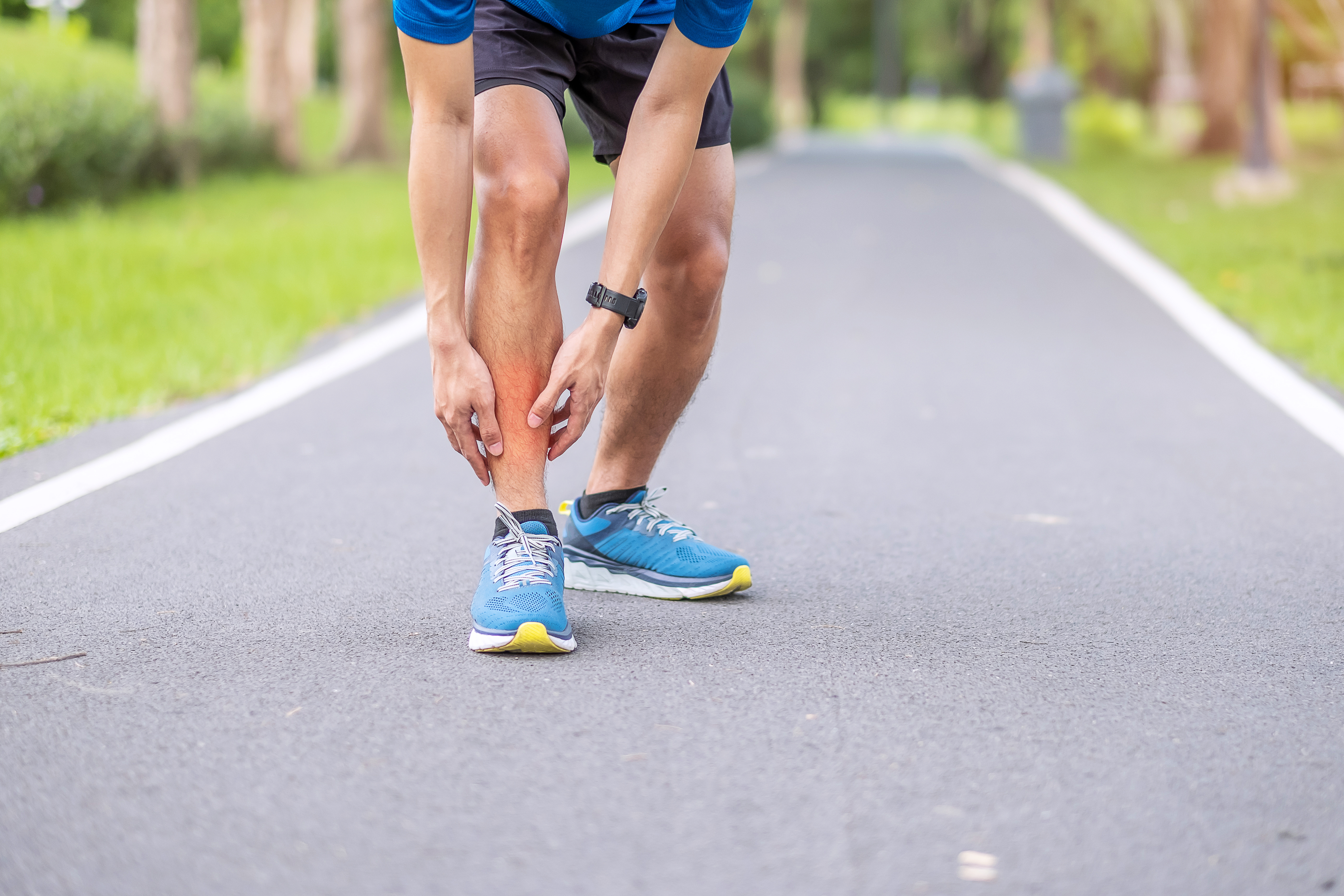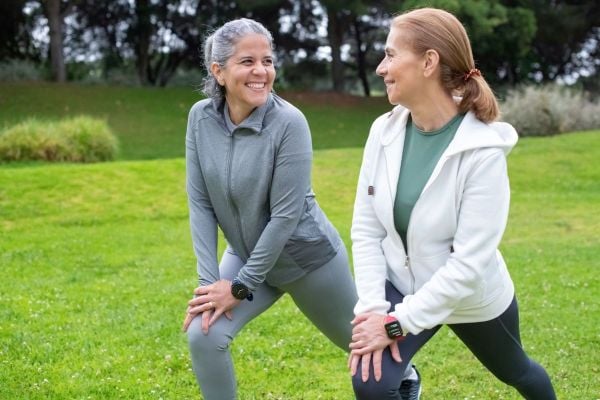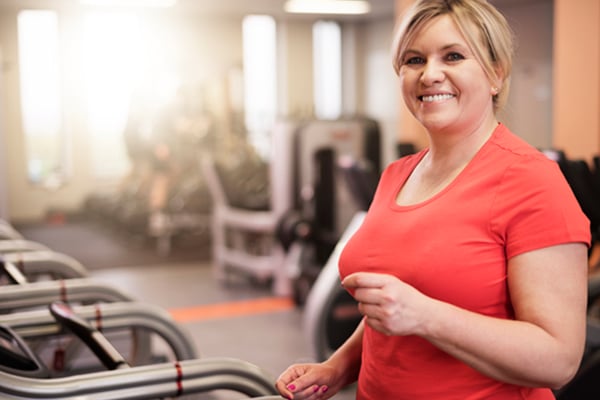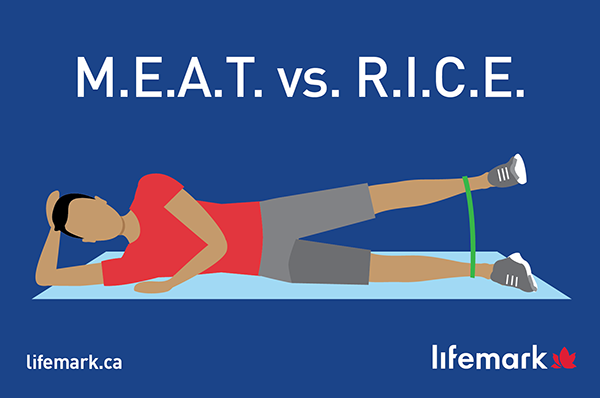
Treating an acute injury? Go for M.E.A.T. over R.I.C.E.
Sudden, acute injuries are inevitable, no matter your level of exercise. Whether you’re an athlete getting knocked down on the field or you just slip on a patch of ice, these specific, localized injuries can be mild or severe.
You can’t always get top of the line healthcare to treat these injuries, so taking steps at home to treat an acute injury is quite normal…but are you following the best protocol?
R.I.C.E. is nice, but isn’t the best way to promote healing
The mainstream belief for treating an injury has led people to believe that the best steps to take are rest, ice, compression, and elevation - otherwise known as the R.I.C.E. protocol. While these steps have been the most popular way to treat acute injuries for many years, they’re not necessarily the best way to optimize healing.
Let’s quickly breakdown R.I.C.E.
Rest: Keeping the injured area from any movement to prevent more blood flow
Ice: Applying cold therapy to decrease the inflammation and pain
Compression: Applying an area of compression in order to decrease the hemorrhaging and reduce swelling
Elevation: Elevating the area of injury while lowering pressure in the blood vessels to minimize bleeding
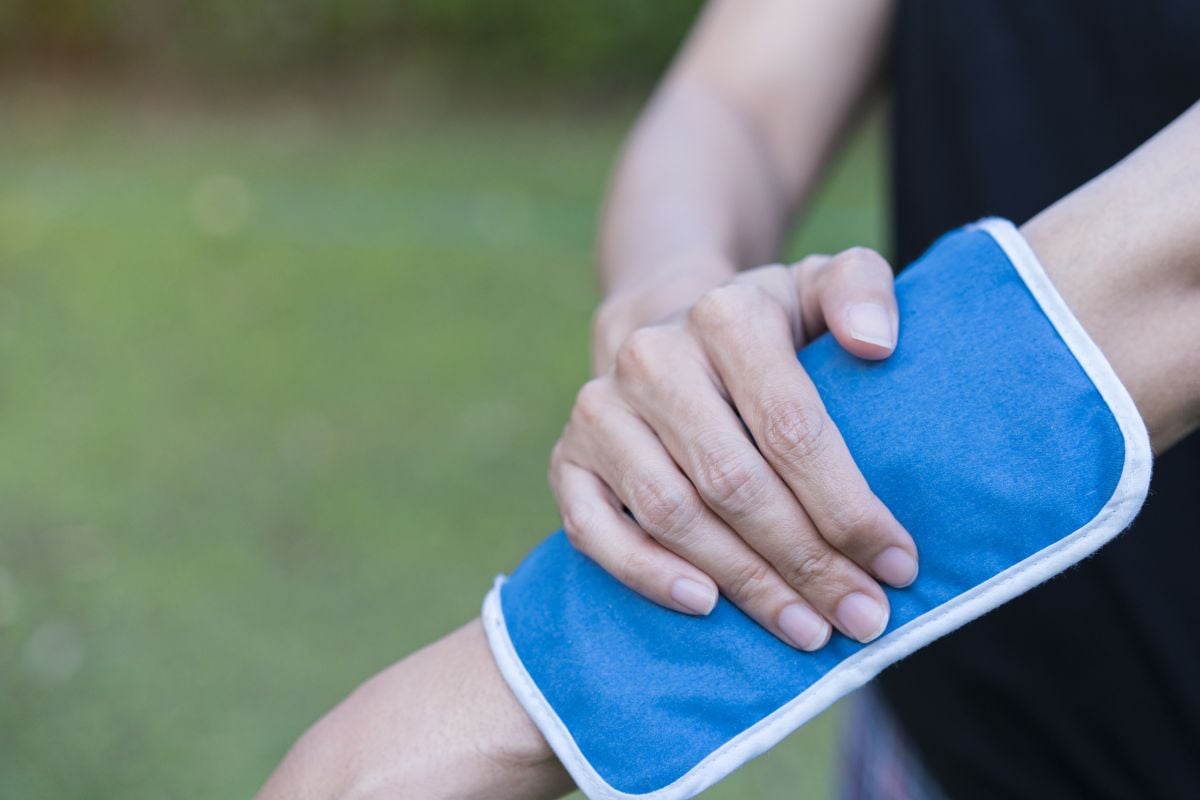
R.I.C.E. is designed to reduce the inflammation that occurs after an acute injury, which can be great depending on how much swelling there is. The problem is, blood flow (inflammation is an increase in blood flow as a reaction to an injury) is how our body heals. So why are we trying to prevent it?
M.E.A.T. is neat, increasing blood flow to enhance healing
This is where the M.E.A.T. protocol comes in. This acronym stands for movement, exercise, analgesics and treatment. This protocol is centered around active care and implementing movement as soon as possible.
M.E.A.T. increases the flow of blood to injured areas in order to enhance the healing process. Soft tissue structures such as ligaments, tendons, and cartilage don’t get a lot of blood supply to begin with, so reducing blood flow with R.I.C.E. will prolong the healing process.
For example, not having a completely healed ligament will increase the likelihood of having chronic instability of a joint. This can be a big problem with athletes.
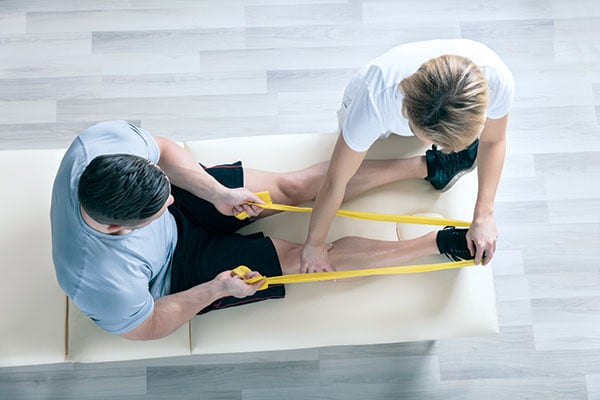
Let’s breakdown M.E.A.T. and why it is important:
Movement: Movement is key because it puts a small amount of load on the ligament, helping the new tissue grow in an organized fashion. It’s vital for this movement to be gentle. Respect your pain tolerance.
Movement also enhances flushing of lymph and blood. This removes debris and brings in new, nutrient-rich blood.
Exercise: This is implemented once the pain level has decreased and movement of the injured area increases. Depending on the injured structure, exercise can be focused on extended or shortening muscle. Again, respect your pain level and boundaries.
Exercise will further increase circulation, adding fresh blood and removing debris from the damaged tissue.
Analgesia: This is where nutrition advice and herbal recommendations can help provide natural remedies for pain relief. Natural pain killers that have been known to help manage pain include ginger, turmeric, capsaicin, valerian root, magnesium, and boswellia.
However, it takes a consistent intake to start feeling the results.
Treatment: Implementing early therapy (manual and passive) depending on how acute the injury is. This can include joint mobilization, acupuncture, soft tissue release, laser, ice, heat, TENS, etc.
Every injury is different and requires a personalized strategy.
The power of early active care
Lifemark clinicians are true believers in early active care to promote healing and enhance the overall outcome of treatment. Our goal is to provide the best possible treatment to relieve your pain and get you back in regular shape.
Don’t let pain keep you from doing what you love. To schedule an appointment with a Lifemark clinician, check out our Locations page to find a Lifemark clinic near you or book online.
